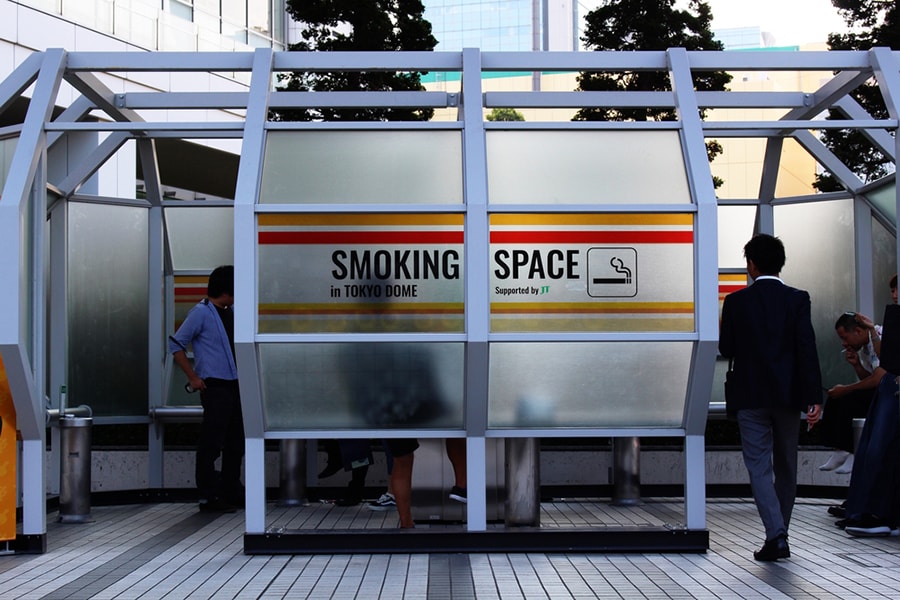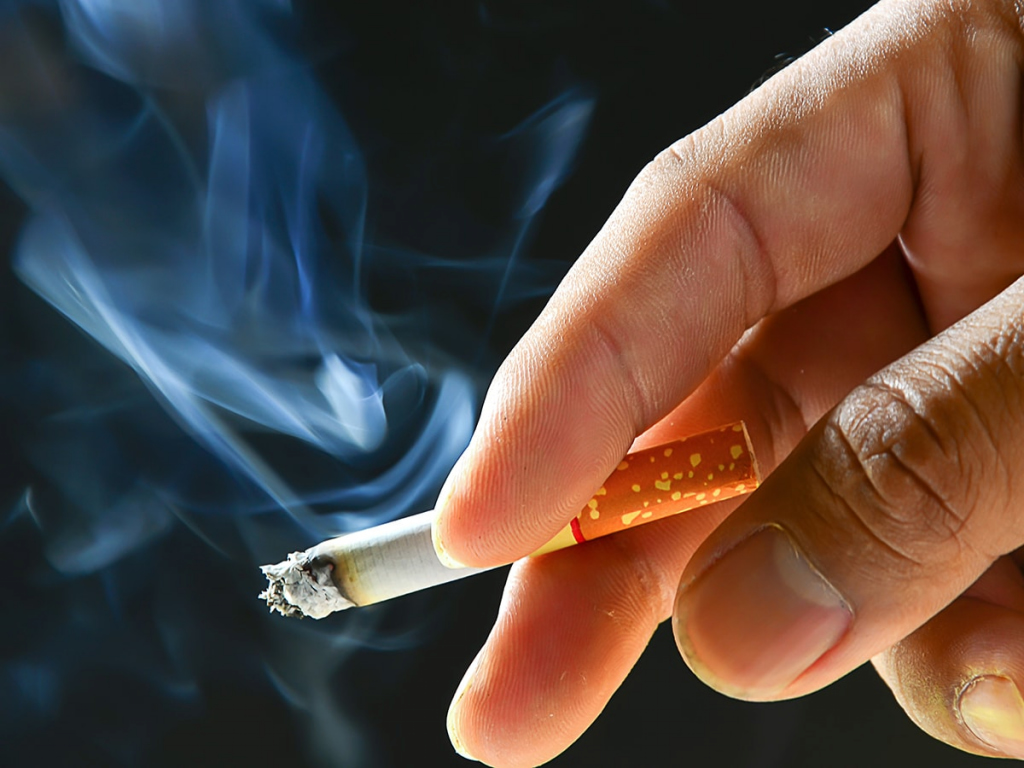Japan tends to top the lists of countries ranked by average life expectancy. This is usually attributed to the Japanese diet, which favors fish over red meat; the popularity of walking and cycling in the country; and a family model that ensures that many elderly Japanese are taken care of by their children in their autumn years. But considering that not so long ago most Japanese people used to smoke harder than a five-alarm fire at a chimney factory, their longevity can logically only be explained by magic.
Smoking in Japan: A Brief History
Today, the Japanese adult smoking rate hovers somewhere around 19 percent, making Japan one of the largest tobacco markets in the world, with more than 20 million smokers. It’s also the healthiest that the country has been in over six decades. Back in the 1950s, close to 50 percent of Japanese people smoked or used tobacco products, all while their government actively cheered them on. Until 1985, tobacco was actually a government-operated monopoly in Japan, but of course things have changed since then. Nowadays, “only” one-third of Japan Tobacco is owned by Japan’s Ministry of Finance, with many MPs being stockowners or having some other financial interest in the country’s cigarette business.
On first glance, it may sound like a good investment. Tobacco has been a mainstay of Japanese culture since the 16th century, when it was first brought over to the country by Portuguese priests. In 1983, Japan’s own Minister of Health and Welfare, Kozo Watanabe, gave cigarettes a glowing review when, jokingly or not, he said at a press conference that smoking was the secret to a long life. Even health warnings on packs of Japanese cigarettes don’t seem like a real deterrent due to their small size and lack of pictures, unlike, say, in Australia, which adorns their tobacco products with images of tobacco-related diseases taken directly from David Cronenberg’s nightmares. Despite this all, tobacco use in Japan has declined significantly.
How Japan’s “Smokers’ Paradise” Went Up in Smoke
In the past, it wasn’t that unusual to see scores of people moving through busy Japanese streets while blowing cigarette smoke like some kind of bipedal land locomotives. Today, though, lighting up anywhere outside of designated smoking areas will not only garner you cold stares from people around you, but potentially a fine. And on the subject of trains, smoking on platforms and even inside Japanese trains used to be the norm. But since March 2007, reportedly following numerous requests from passengers, Japanese railways have instituted a near-total smoking ban. Today, only two JR trains include a smoking carriage (not counting the Shinkansen): the overnight Sunrise Izumo and Sunrise Seto.
You also won’t be able to smoke at a Japanese McDonald’s or KFC, which have banned cigarettes in all of their locations throughout the country – because if something was going to kill you on their premises, it will be THEIR products. Smoking is also restricted in the Tokyo wards of Chiyoda and Adachi, where “no-smoking” brigades of volunteers patrol the streets looking for people illegally lighting up in public. It might seem excessive but their hearts are in the right place.

A designated smoking space near Tokyo Dome (Image via Shutterstock)
According to the International Association for the Study of Lung Cancer, more than 70,000 people die from lung cancer in Japan every year, with more than 15,000 more deaths being attributed to secondhand smoke. A cancer patient support group claims that 30 percent of all lung cancer patients in Japan have been exposed to tobacco smoke at their offices or in public spaces. Those numbers may be up for debate, but even Japan’s Ministry of Health admits that secondhand smoke costs Japan more than the equivalent of two billion dollars a year in healthcare. But don’t tell that to Japan Tobacco, because their official stance is that smoking doesn’t cause cancer. It’s just one of MANY risk factors, like dietary conditions, which as we all know are simply deplorable in Japan.
A Long Road Ahead
But the tobacco lobby cannot simply be laughed away because they have the money and power to influence national policy. It’s interesting to note that outside of Kanagawa Prefecture, there are almost no laws that outright ban smoking in public spaces in Japan. There are merely suggestions that many establishments are honoring due to popular opinion shifting against cigarette use. The Japanese government has drafted a proposal that would serve as an effective ban against public tobacco use but lobbyists and pro-tobacco factions in the ruling Liberal Democratic Party have managed to block it for now.
The current feeling is that the legislation will have to be severely watered down to become law, even if a public tobacco ban is favored by large numbers of the Japanese population in preparation for the Tokyo Olympics in 2020. The International Olympics Committee itself has pressured Tokyo to go through with the ban, but they’re sadly competing with an industry that often offers high-paying positions at Japan Tobacco to retiring politicians. The IOC’s counter-offer of “do it because it’s the right thing to do” doesn’t sound nearly as appealing.









